- La Feria Community Holds Succesful Business Mixer Event
- Little Nashville to Take Place in Downtown Mercedes
- Lions Basketball Captures District Gold
- La Feria ISD Students Compete in Regional Chess Tournament
- Lions End First Half of 32-4A on a High Note
- La Feria ISD Held Another Successful Parent Conference
- Strong Appearance for Lions at Hidalgo Power Meet
- LFECHS Students Get to Meet Local Actress
- Students Participate in Marine Biology Camp
- Two LFECHS Students Qualify for All-State Band
The Longoria Ranch and Cemetary
- Updated: November 20, 2015
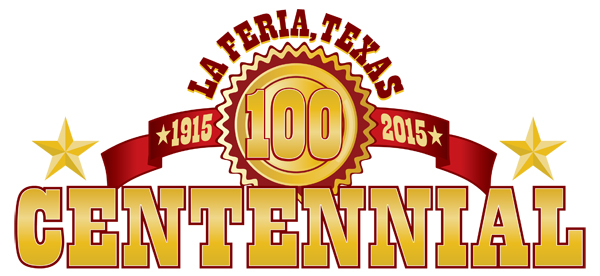
The city of La Feria is celebrating its 100th year anniversary and to commemorate the occasion we are digging deep into our archives each week to bring you images and stories from La Feria’s colorful past.

Juan Miguel Longoria’s grave at the Longoria Cemetary located in Bluetown. Photo: Google images
The Longoria family were among the initial Spanish settlers to arrive in this region in the mid-1700s.
There are two branches of the Longoria family that settled in the Rio Grande Valley region. The Camargo Branch settled in Matamoros, Tamaulipas, Mexico, and received large land grants on the north side of the Rio Grande River from the King of Spain. The other branch settled in Reynosa, Tamaulipas, Mexico.
Modern day descendants of the Longoria family that trace their roots to Santa Maria and La Feria, Texas are direct decedents of the Reynosa Branch.
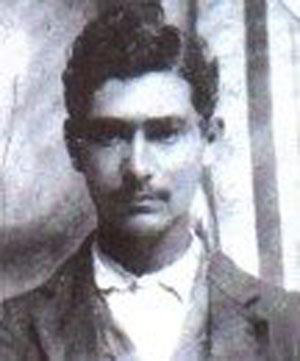
Juan Miguel Longoria became the owner of the Longoria Ranch in 1841 after the death of his father Irineo Longoria. The Longoria Ranch stretched from what became Sebastian all the way to the Rio Grande river. Photo: Classic Family Photos Facebook Community page
Juan Rosas Longoria and Maria Salome Cano were among the men and women who founded permanent communities such as the Villa de Reynosa, establishing the Longoria family in the area. They and other pioneers introduced ranching into the area with techniques brought from southern Spain, many of which remained in use centuries later.
In 1831 Irineo Longoria increased the family landholdings north of the Rio Grande by purchasing portions of the Llano Grande, La Feria and Ojo de Agua land grants from Rosa, Guadalupe, and Concepcion Balli, which they had inherited from their uncle, the priest Nicolas Balli. He added these tracts to the land of his second wife, Maria Inez Cavazos, a grandaughter of Don Jose Maria Balli. They established residence in the community of Santa Maria.
The Longoria ranch stretched from what became Sebastian to the Rio Grande. The family also farmed the land and participated in the early development of irrigation systems in the Rio Grande valley.
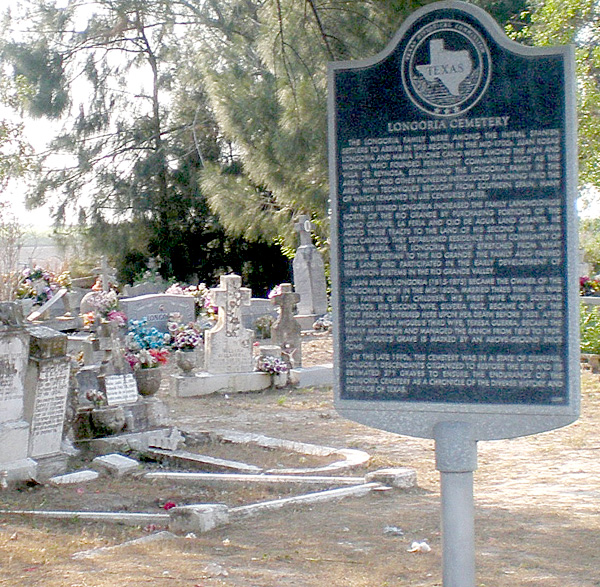
The Longoria family was one of the first settlers to move to this area in the mid-1700’s. Although they settled in Santa Maria and are buried in Bluetown, their story is one that is directly related not only to La Feria’s history but the history of the Rio Grande Valley.
Irineo and Maria Inez had three children and their names were Jose Maria, Gregoria and Juan Miguel. Counting the children from both their previous marriages, they had 15 children. At the death of the Irineo in 1841, Juan Miguel Longoria (1815-1875) became the owner of the ranch. Married three times, he was the father of 17 children. His first wife was Soledad Cavazos.
They lived during a tumultuous time when upheaval frequently occurred in the region. At the beginning of his life, the Longoria Ranch was part of New Spain, later part of Mexico, then it became part of the Republic of Texas, then the Confederacy, and ultimately the United States. Members of Juan Miguel’s family were associated with activities in the second half of the 1800’s to end the mistreatment of Texans of Spanish and Mexican descent.
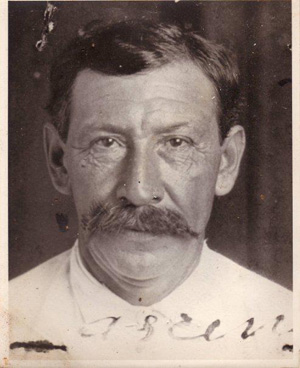
Ascencion Longoria (1886-1932) is the son of Anastacio Longoria and his wife Julia Ponce.Anastacio Longoria (1842-1922) was a son of Juan Miguel Longoria and Juan Miguel’s second wife Silveria Ruiz. Photo: Classic Family Photos Facebook Community page
Throughout this era, Juan Miguel along with his first wife Silveria Ruiz, second wife Teresa Guerra, and and all their children farmed the land and participated in the early development of irrigation systems in the Rio Grande Valley.
Juan Miguel’s second wife, Silveria Ruiz, became one of the first persons interred in the Longoria Cemetary upon her death in 1853.
In 1897 the Santa Maria Canal Company constructed irrigation systems to irrigate 3,000 acres of farm land.
Juan Miguel and Teresa’s sons established commercial ties and businesses in Northern Mexico, understanding the river to be the center of the region’s commerce and economic development.
After his death, Juan Miguel’s third wife, Teresa Guerra, became the family matriarch, raising ten children and managing the ranch from 1875 to 1909.
Juan Miguel’s grave is marked by an above-ground brick tomb. By the late 1990s, the cemetery was in a state of disrepair. Longoria descendants organized to restore the site and its estimated 371 graves to ensure the endurance of the Longoria Cemetery as a chronicle of the diverse history and heritage of this area of Texas.
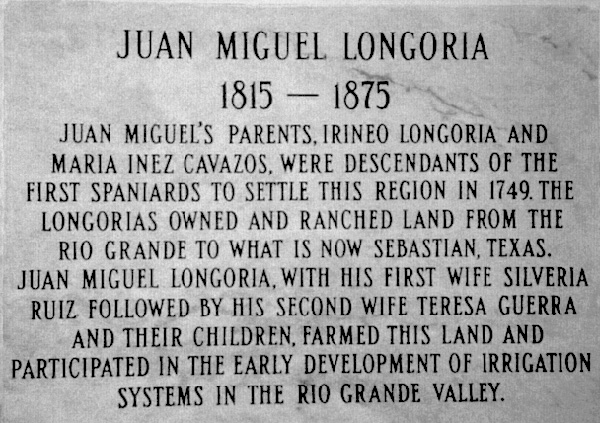
Marker on Juan Miguel Longoria’s tomb in the Longoria Cemetary in Bluetown. Photo: findagrave.com
Do YOU have any photos, books, or stories that might help us piece together La Feria’s storied history? If so please email us or call our office at 956-797-9920 and let us know!



51 Comments